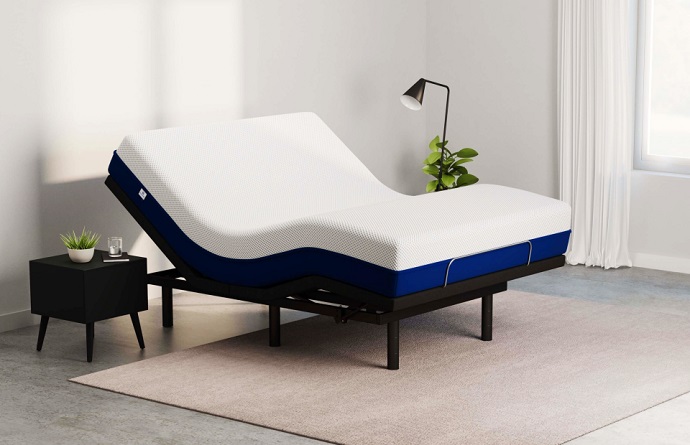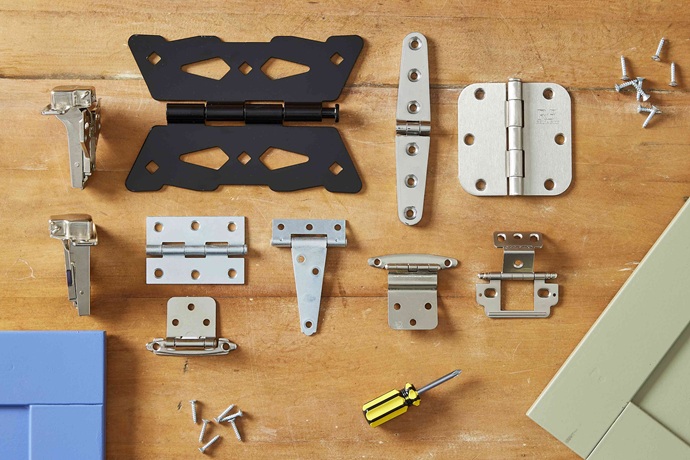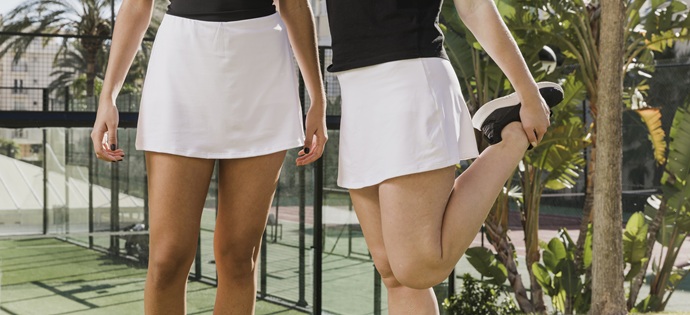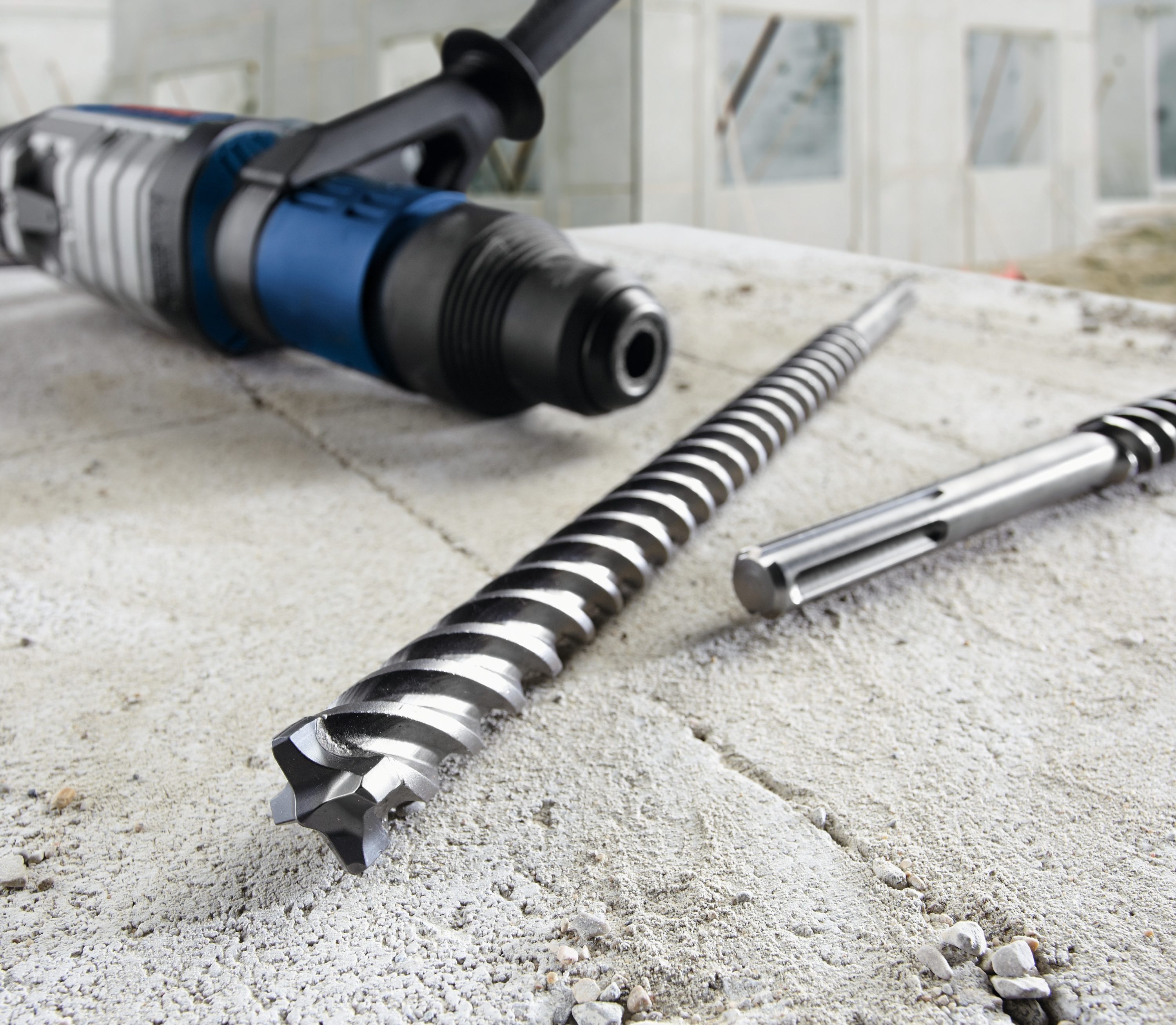While they appear simple, tennis balls are an integral part of the sport and essential equipment in training sessions and matches. These small spherical objects hold many intriguing qualities and come in different varieties, so choosing the right tennis balls is quite important. Not only can they define your game but they can also influence the forming of your playing habits. Playing with the wrong balls can lead to acquiring the wrong skills that are difficult to change, so it’s better to start with a decent ball.
Tennis Balls – Then and Now
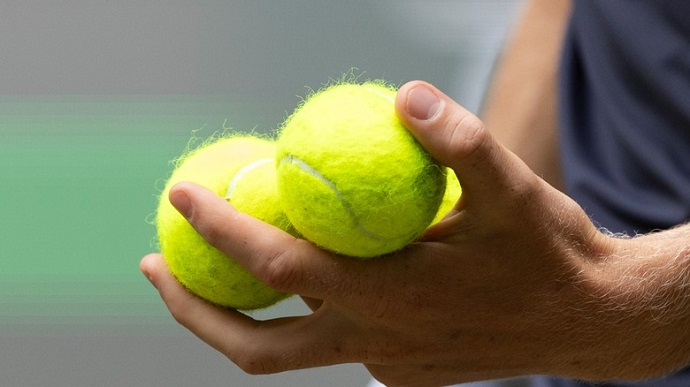
Tennis balls have come a long way since their inception. Initially, they were made of materials like leather, cloth, and even human hair. However, in the late 19th century, the introduction of rubber made a turning point in their production. Rubber proved to be a more durable and resilient core, and more importantly, offered improved bouncing characteristics, which in turn made the game more dynamic and exciting.
Today, modern tennis balls are bouncy and fuzzy, made of rubber core encased in a felt covering, which provides grip and enhances ball control. Their specific construction has undergone rigorous refinement and there are stringent standards placed by the International Tennis Federation. A high-quality ball for tennis needs to have a specific weight, size, and compression, to ensure consistency and fairness in professional tournaments.
How Are Tennis Balls Made?
The basic material in the production of tennis balls is high-level rubber. After the rubber is passed through rollers that give it a less elastic feel, the small pallets are pressed and moulded at 155 °C. A machine applies pressure to create half-spheres, which are later joined together by using heat and pressure (a process called vulcanization). This is when pressurized air is added, just before the unbreakable connection is created. The next step is sanding in a large rotating drum after which the balls are prepared for the covering. The felt, which can be a mixture of nylon and wool, or a blend of polyester and wool, is glued by machine or by hand.
Are There Different Tennis Balls?
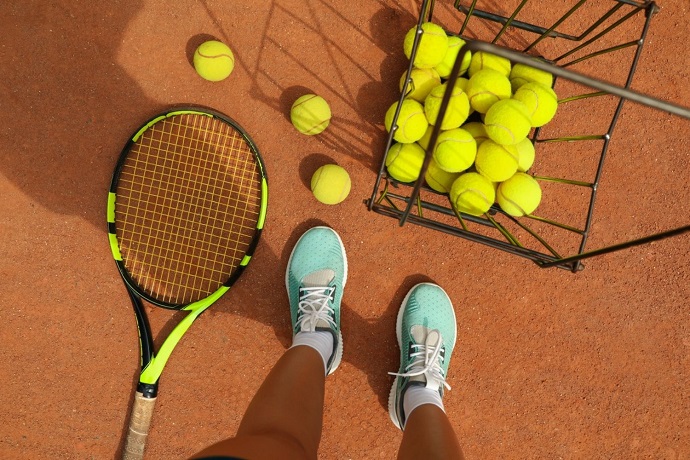
Even though they might look the same, tennis balls can be very different. Before you choose the best tennis balls for your game, you should know what type of court you will be playing on, if the place is at a higher altitude, and whether it’s better to get pressurised or non-pressurised balls.
Pressurised vs. Pressureless
This is one of the major differences between balls. The terms refer to the core of the ball. The pressurized ones have a hollow core filled with pressurized air or nitrogen and are kept in pressurized cans, hermetically sealed. This allows the balls to remain in the best condition until opened and used. They are the most common type of balls used in all major tournaments because of their bounce quality and ball control. Because they are lighter, they can generate more spin and speed. The downside is that they are short-lived as they lose the pressure and bounce after a couple of matches or a few weeks once the can is open.
Non-pressurised or pressureless balls have a solid core and do not bounce as high, which is why they are considered ‘slower’. However, over time, the felt fabric wears away and the rubber softens, they become more bouncy. They are suitable for young children who are learning to play or beginner adults.
• Regular Duty Balls: Also known as soft-court balls, these are best suited for clay and indoor courts. They are less fuzzy and have a thinner and smoother feel so that clay residue doesn’t stick to them during the game.
• Extra Duty Balls: They come with much thicker felt woven loosely so that it wears down less quickly. If you play on outdoor hard courts or grass, then these are the type of balls you need.
• High-Altitude Balls: These are specialized balls created for playing at high altitude, which is 4000 feet or higher according to ITF. Playing at higher elevations can cause pressurised balls to bounce higher and travel faster, which can cause issues for the players.
Specifications and Qualities
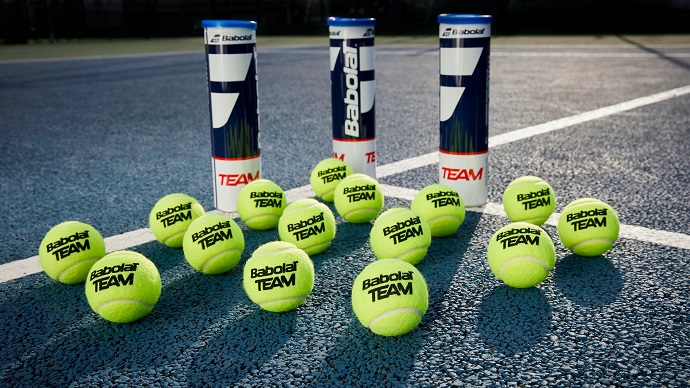
The rules of the International Tennis Federation state the weight of a ball for tennis must be between 56 and 59.4 grams, have a diameter of 6.54 to 6.86 cm, and have a compression rating within the range of 101 135 pounds. The rebound height must be between 135 and 147cm. These specifications enable players to anticipate and adapt to the ball’s behaviour and trajectory, promoting a level playing field.
When you buy tennis balls, you should look out for certain qualities, such as a good bounce, a good fuzz that will allow the ball to last, a visible seam, and durability. A well-made ball should last several matches before going ‘dead’ and losing its pressure.
Why Are Tennis Balls Yellow, or Are They Green?
Tennis balls were not always yellow. In the early 20th century, they were white. The transition occurred in the 1970s when tennis matches were first broadcast on TV. The white balls proved to be extremely hard to track, especially when they were close to the court lines, so to improve visibility for the home viewers, in 1972 the ITF required that all regulation balls have a white or yellow colour. Wimbledon didn’t start using yellow balls until 1986 though.
The official colour is ‘optic yellow’ or you might find the shade marked as ‘fluorescent yellow or electric lime’, which is probably the reason why many people would say the ball is bright green instead of yellow. The fact is, the colour falls on the border, so whether we see it as greenish-yellow or yellowish-green, depends on the lighting and personal perception.
Final Words

This ingenious small neon orb plays a crucial role in the exciting game of tennis. It’s an indispensable element in training sessions and important professional matches. During the 150 years since the sport was invented, it has gone through many changes, but with the constant pursuit of innovation, the construction and performance of tennis balls continue to evolve.












